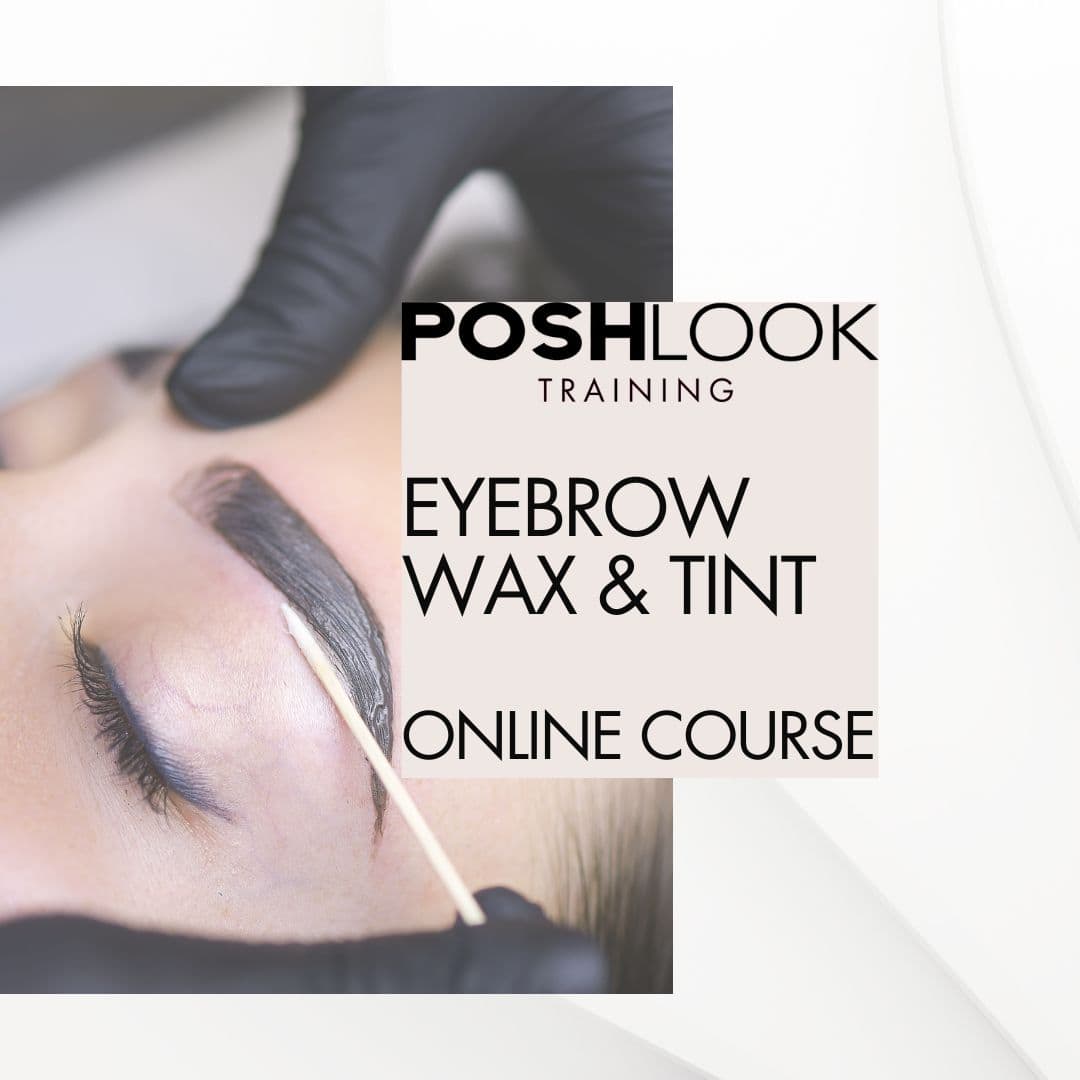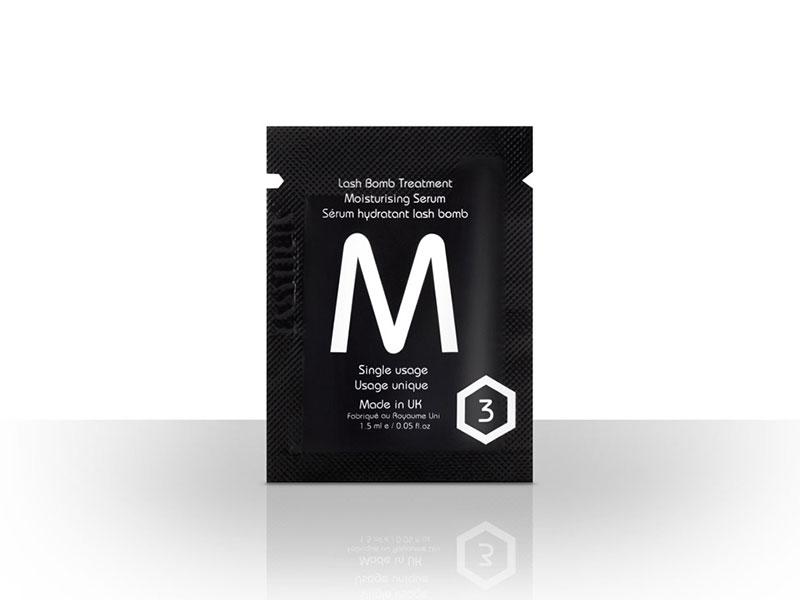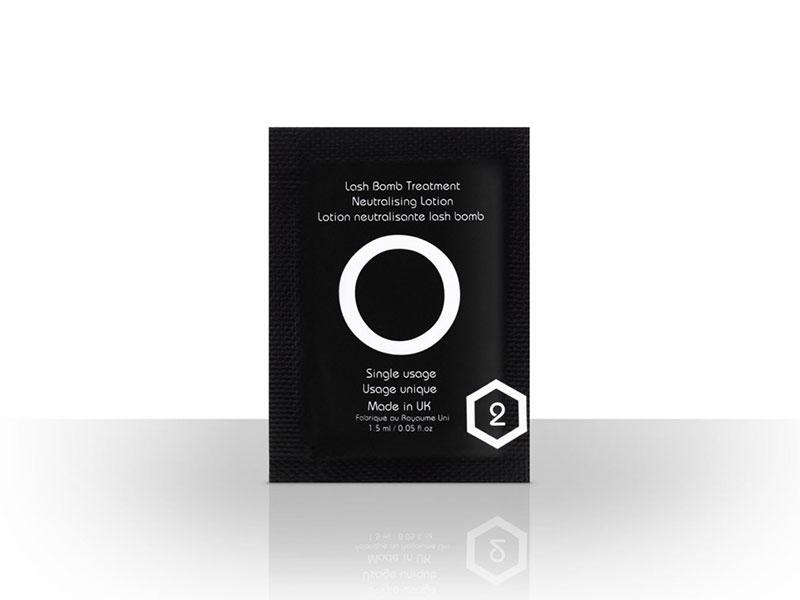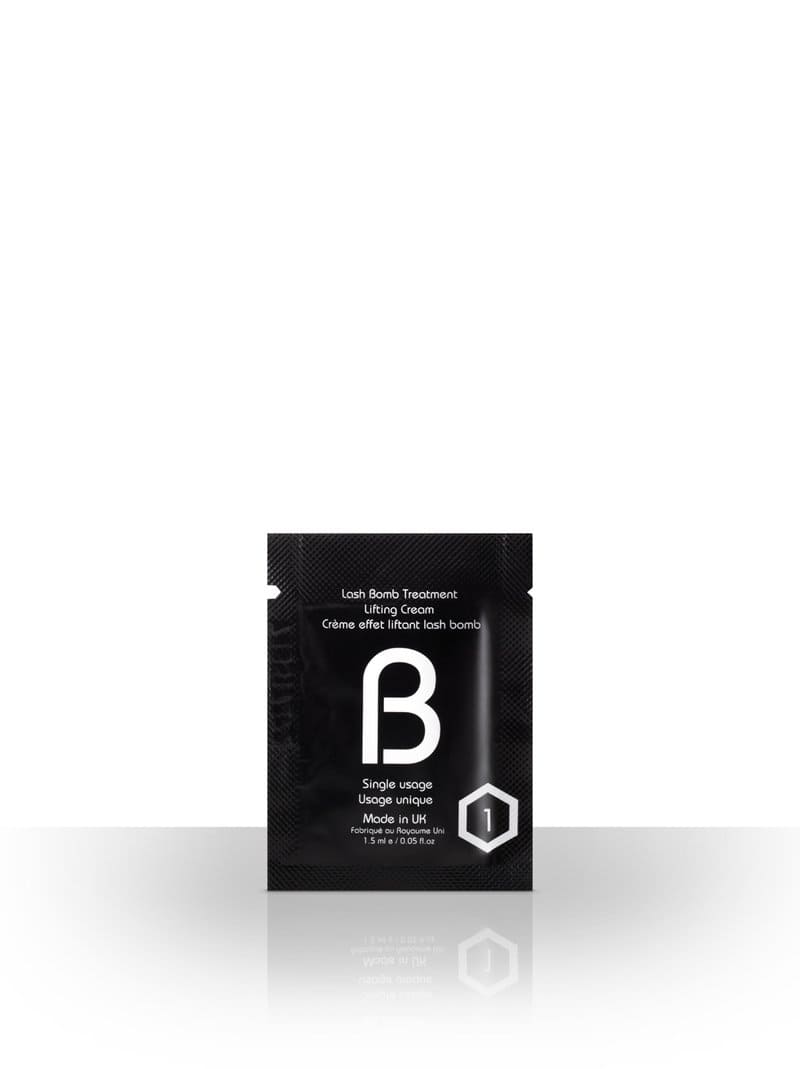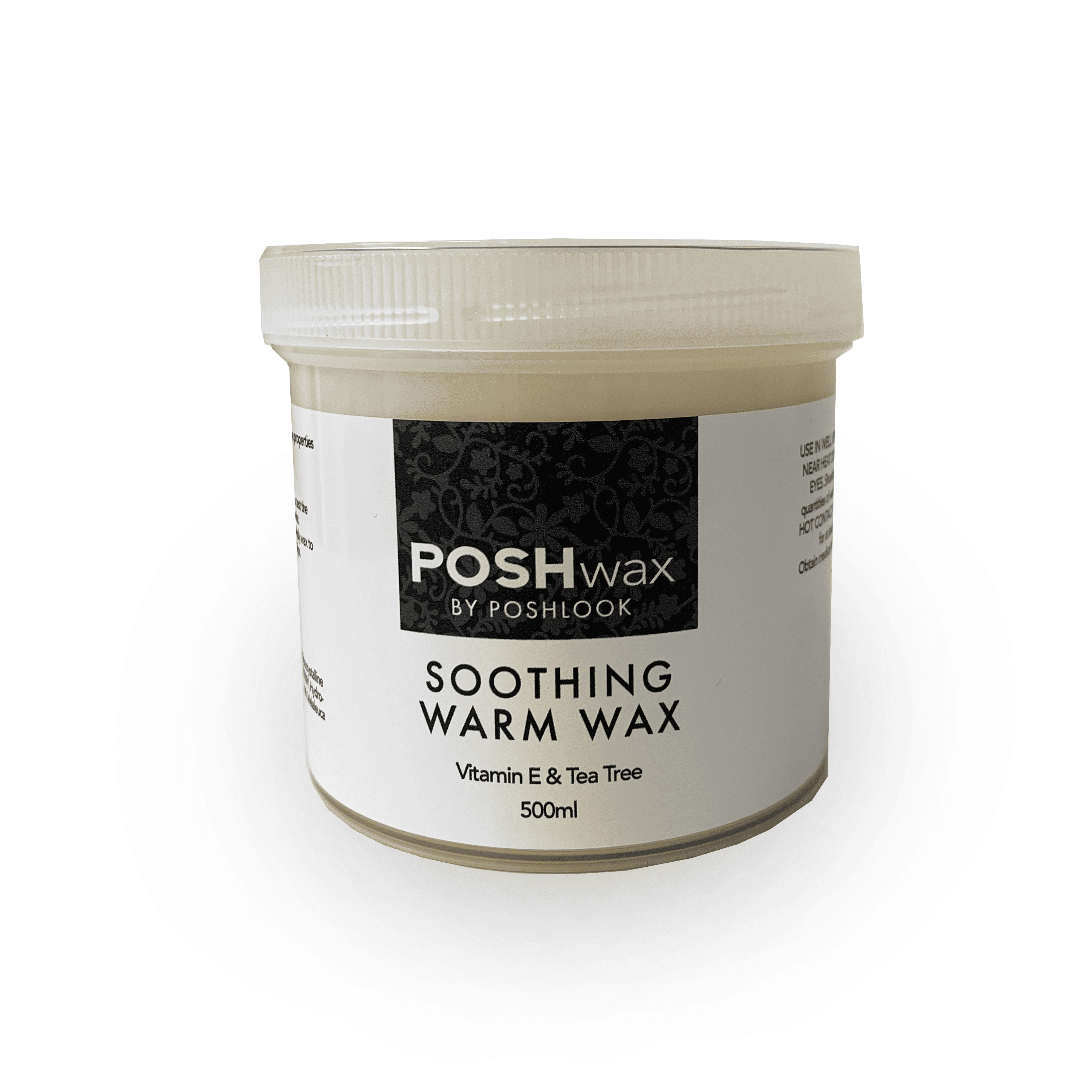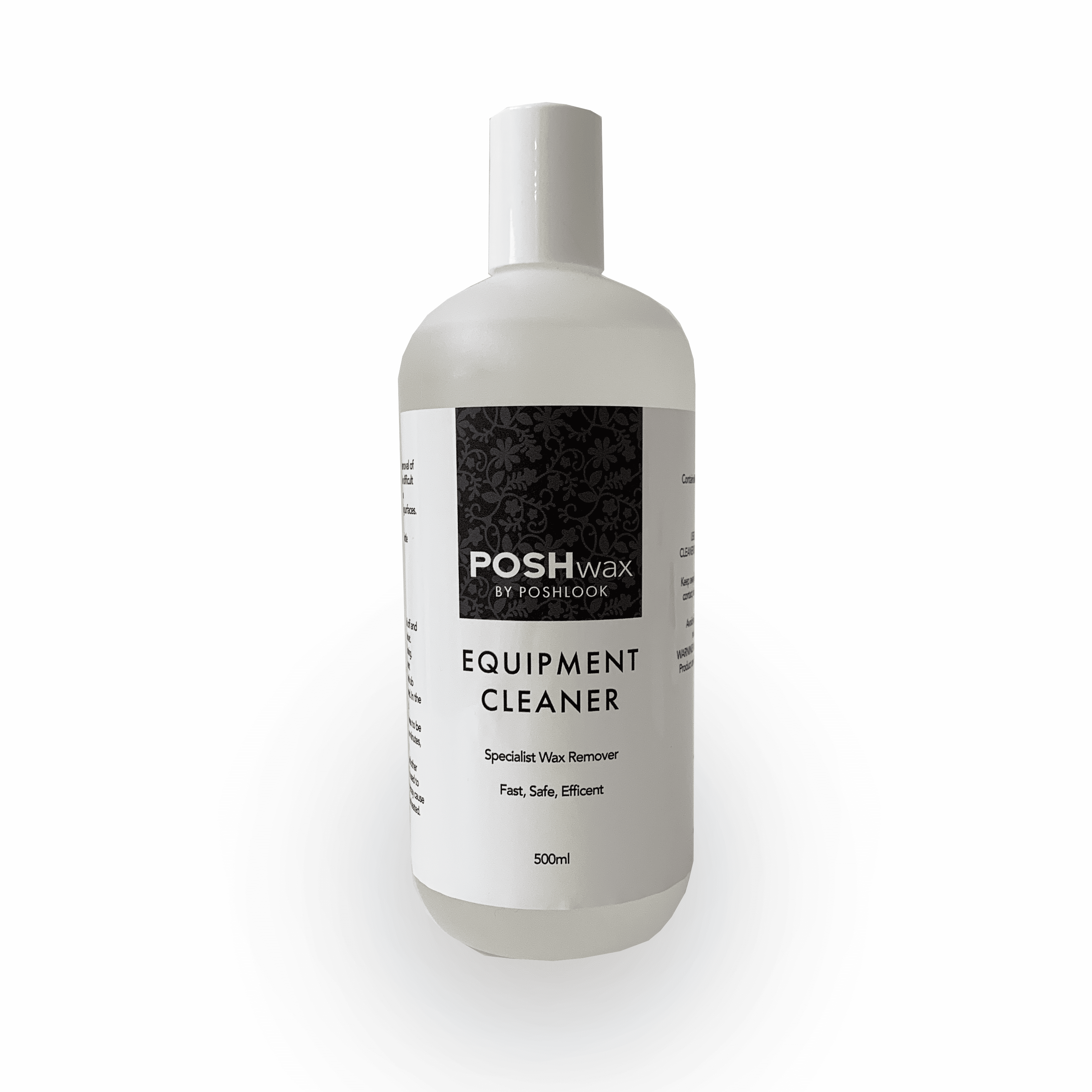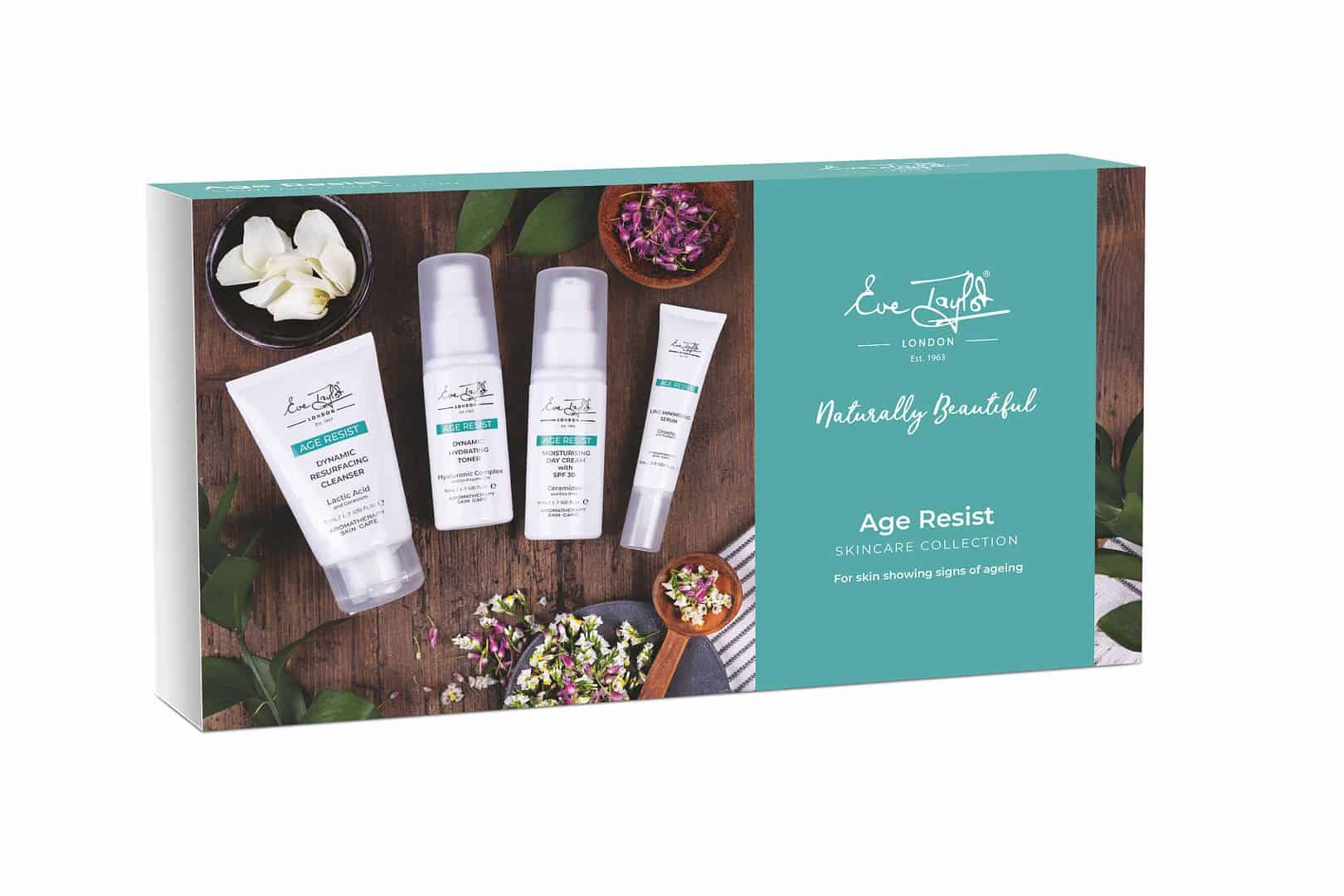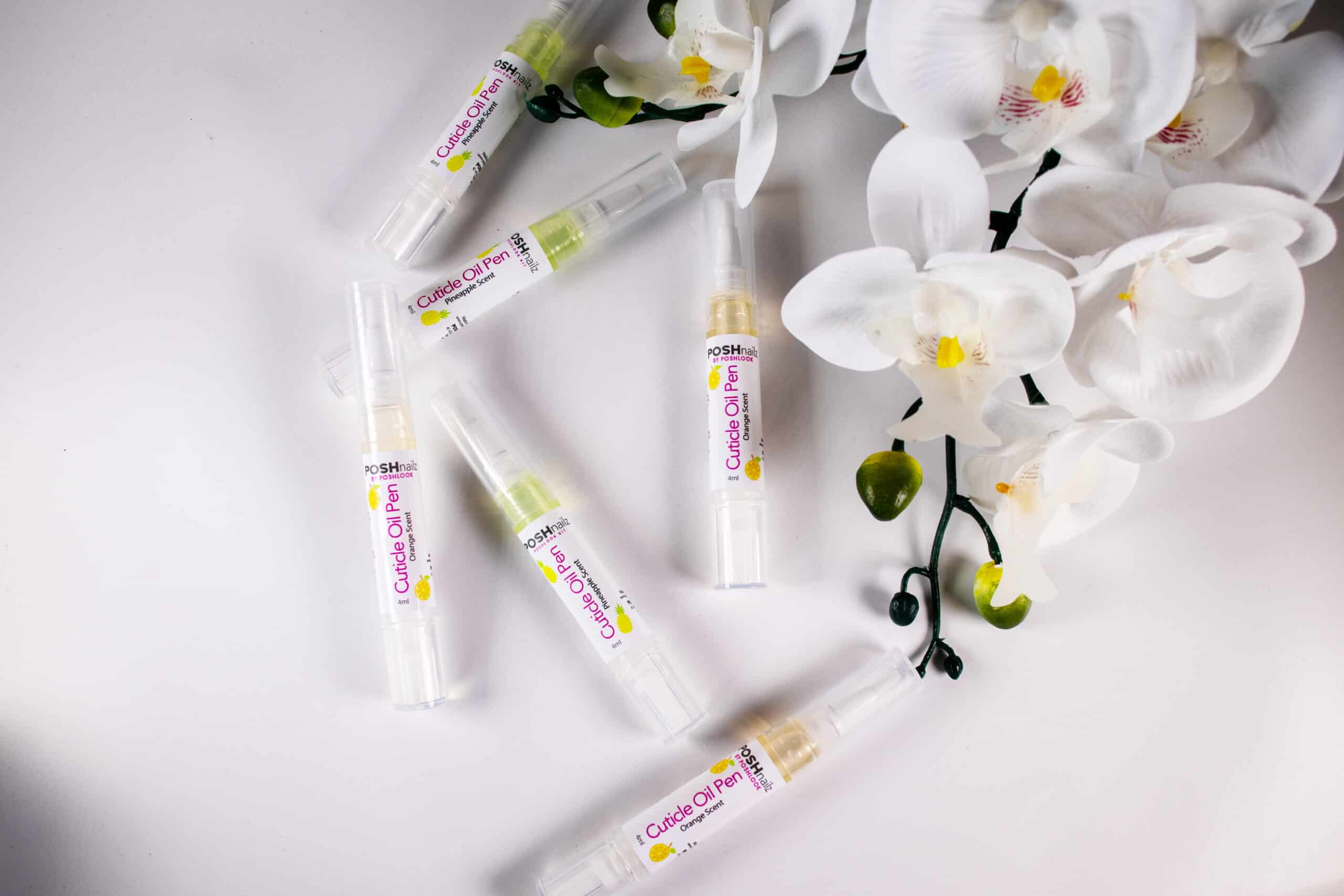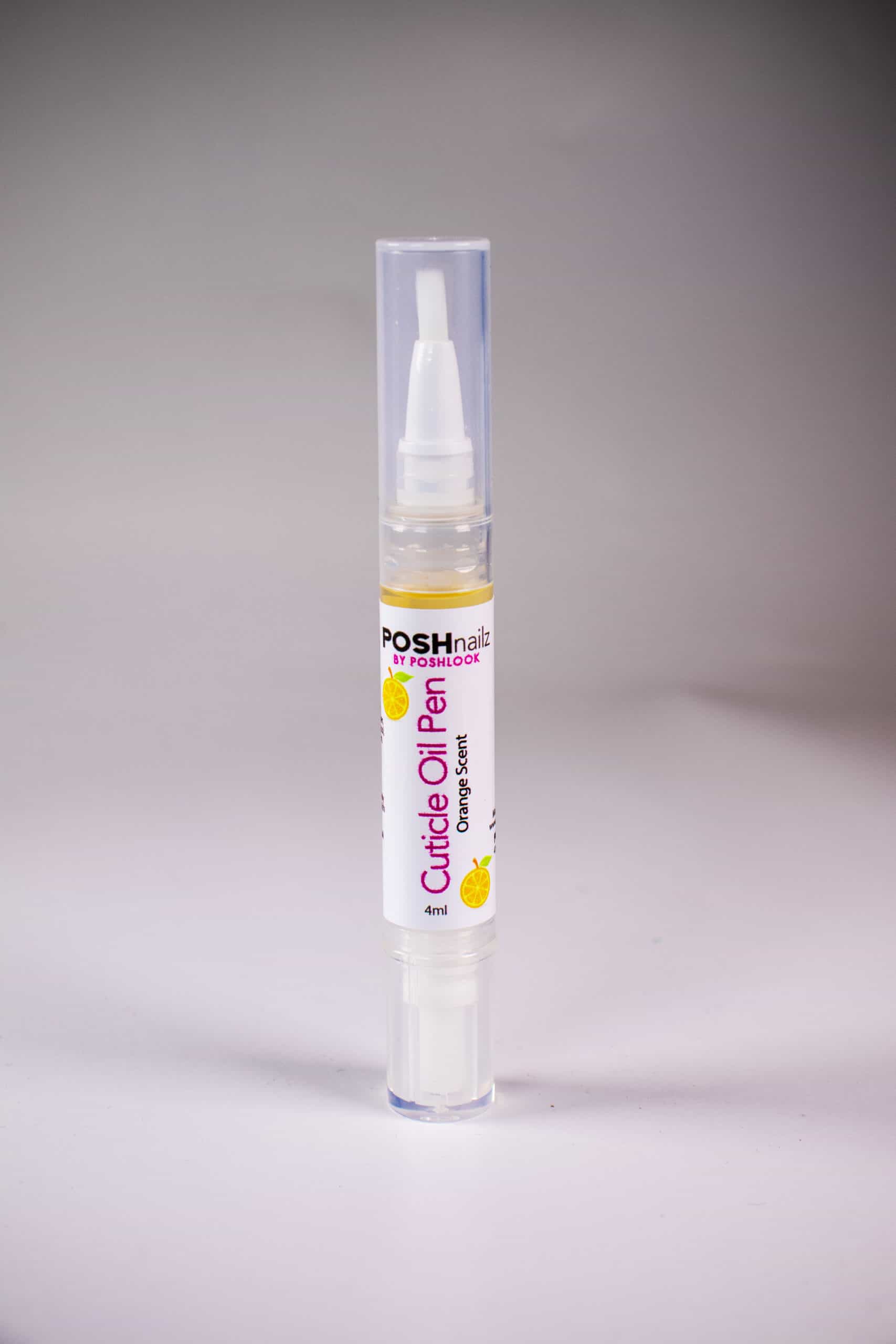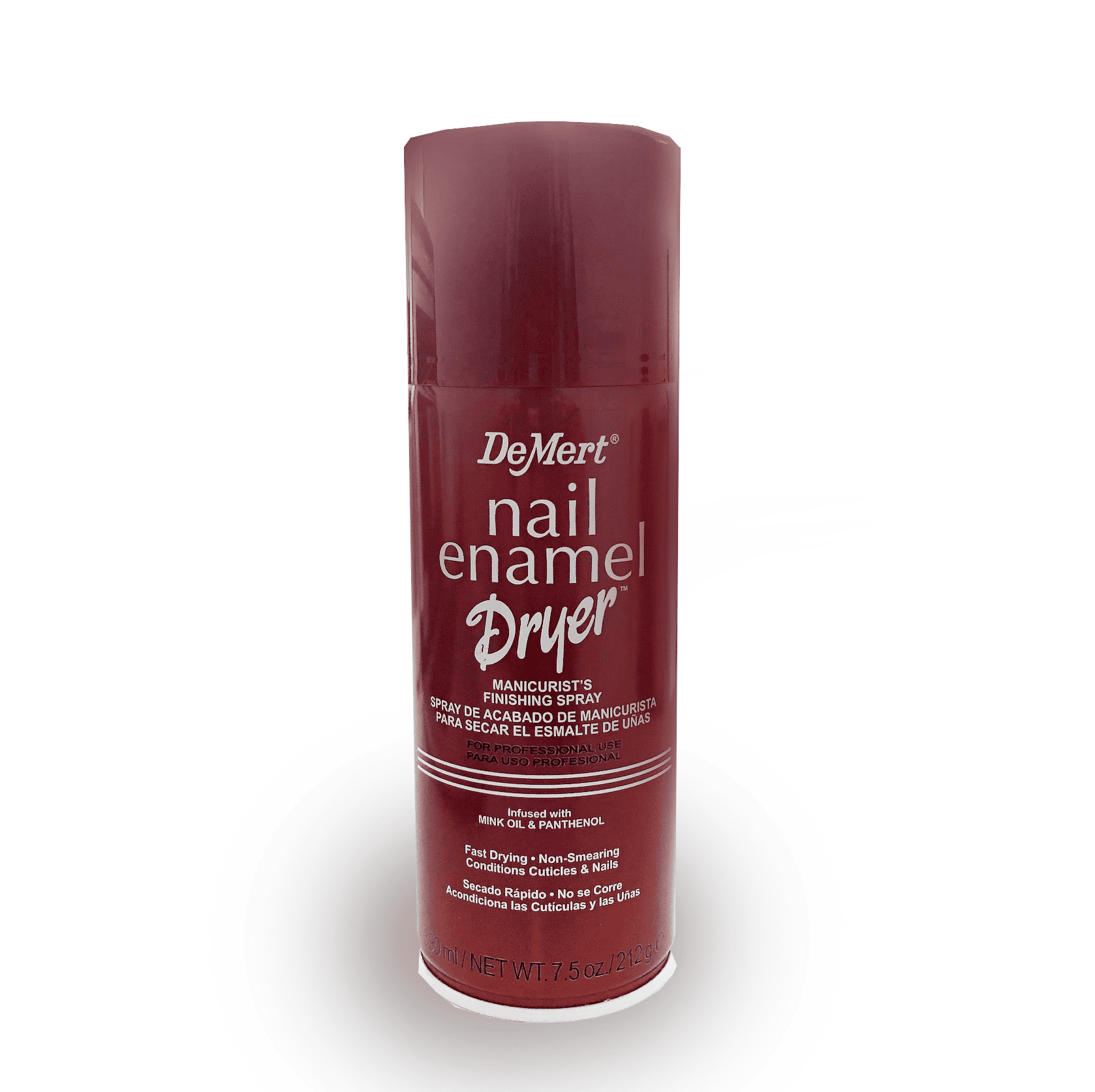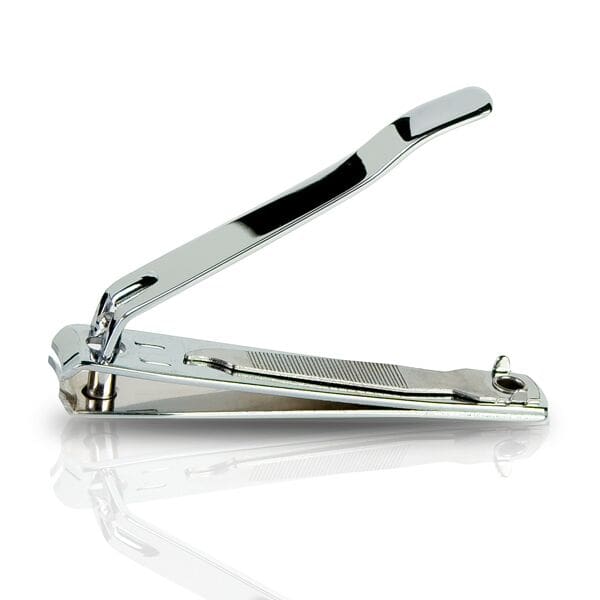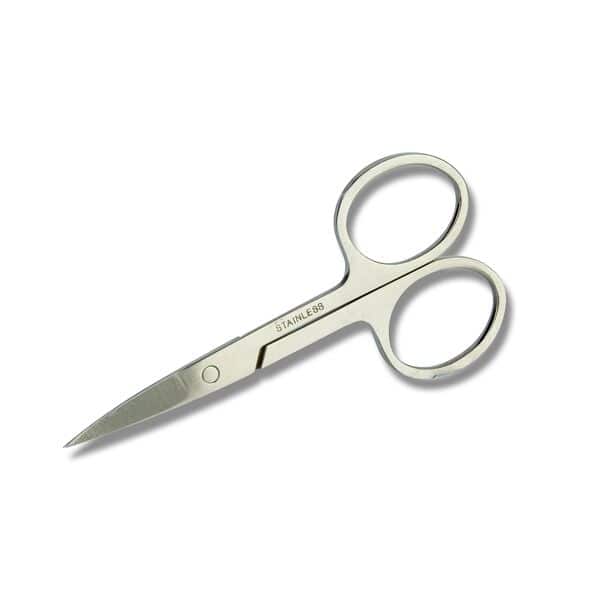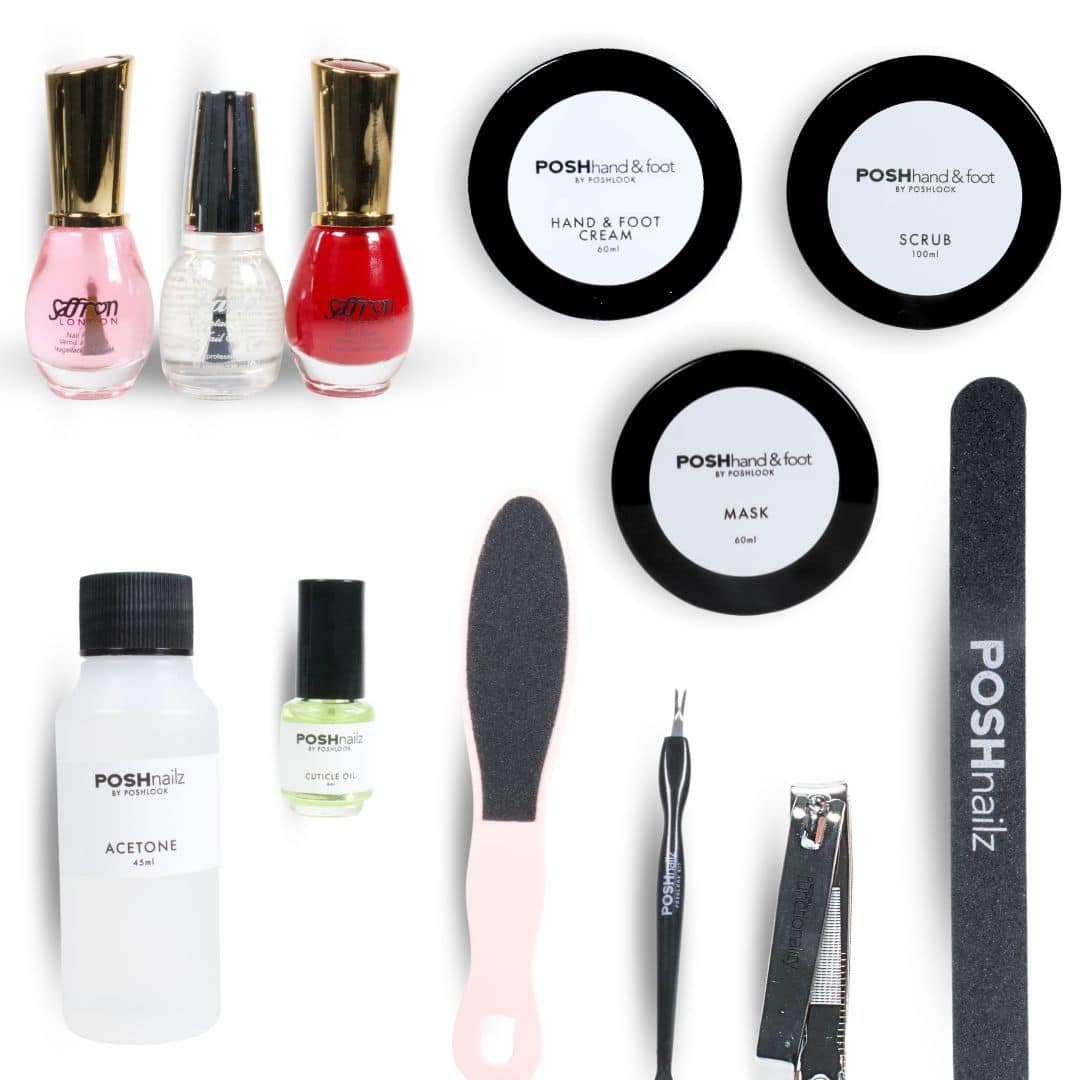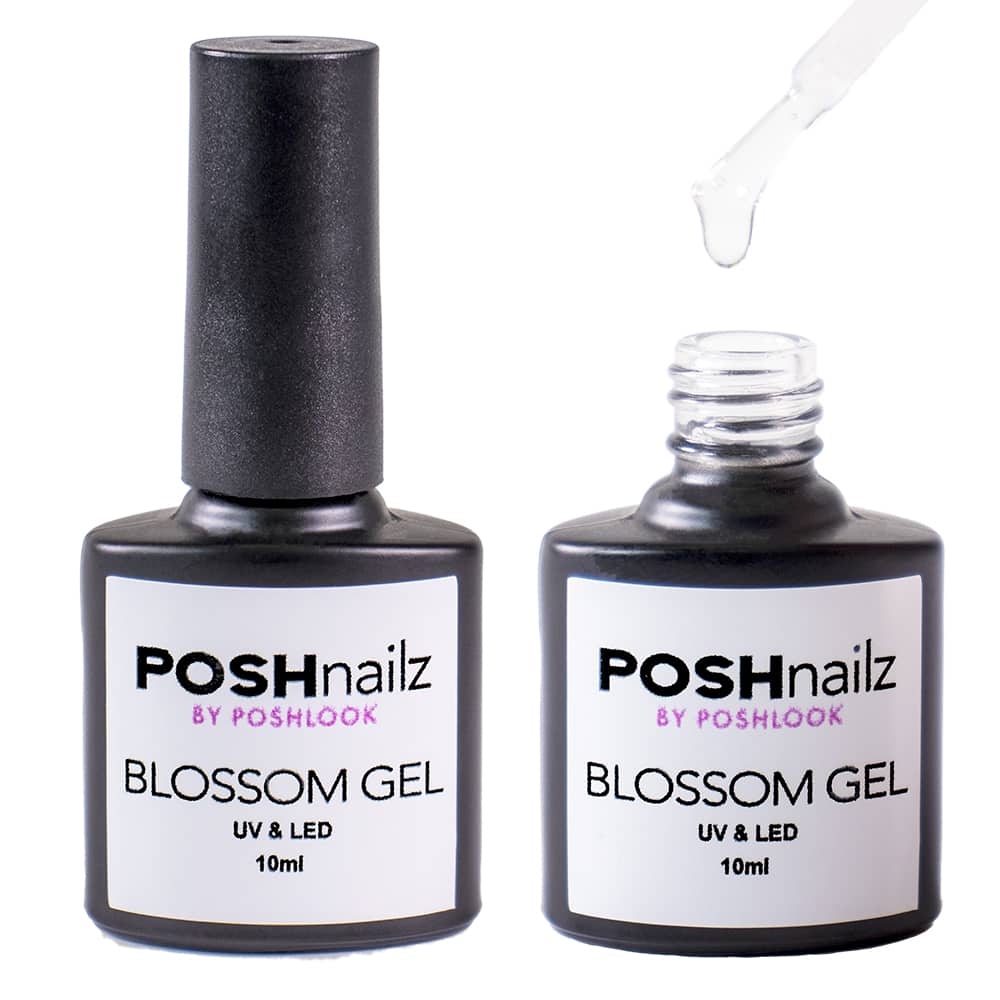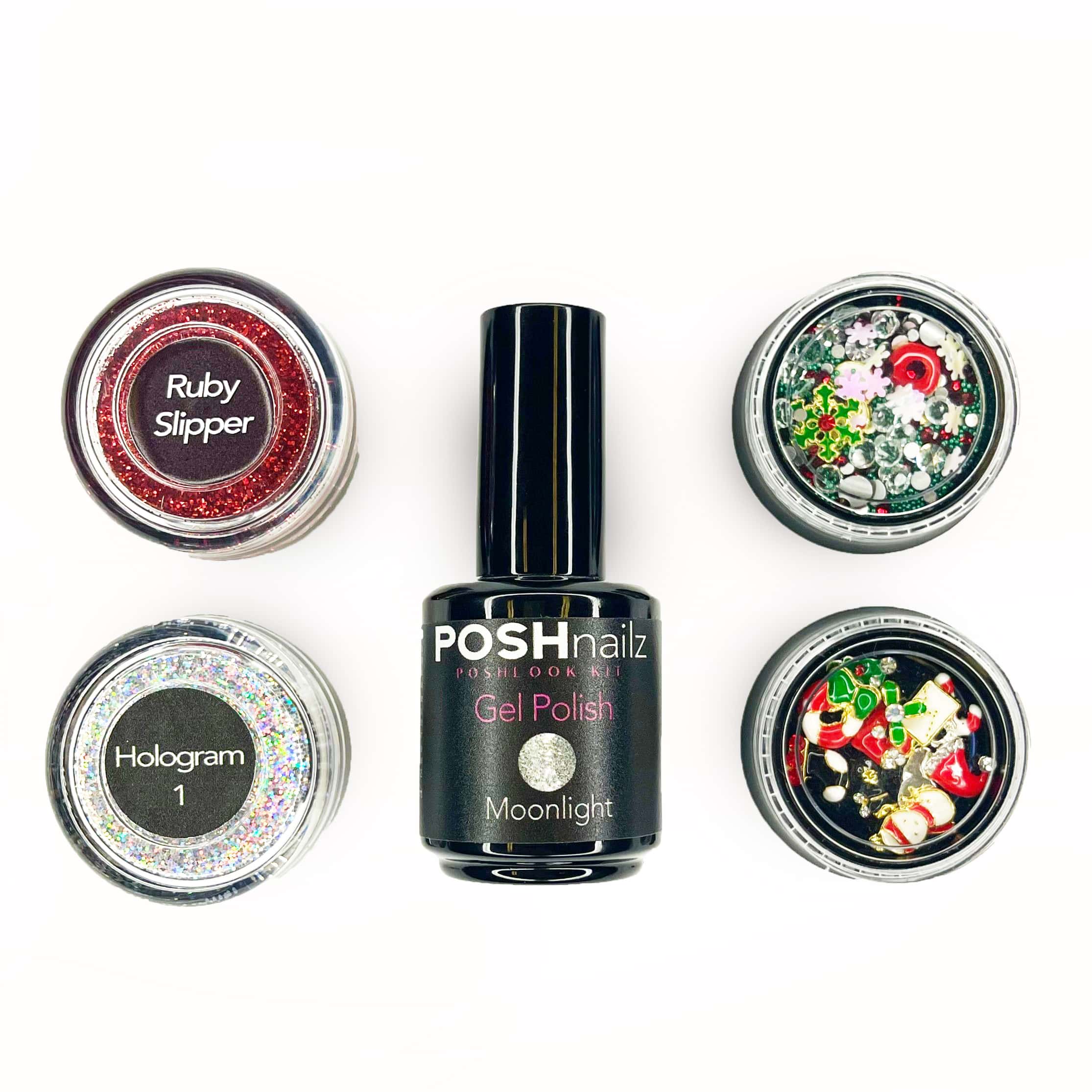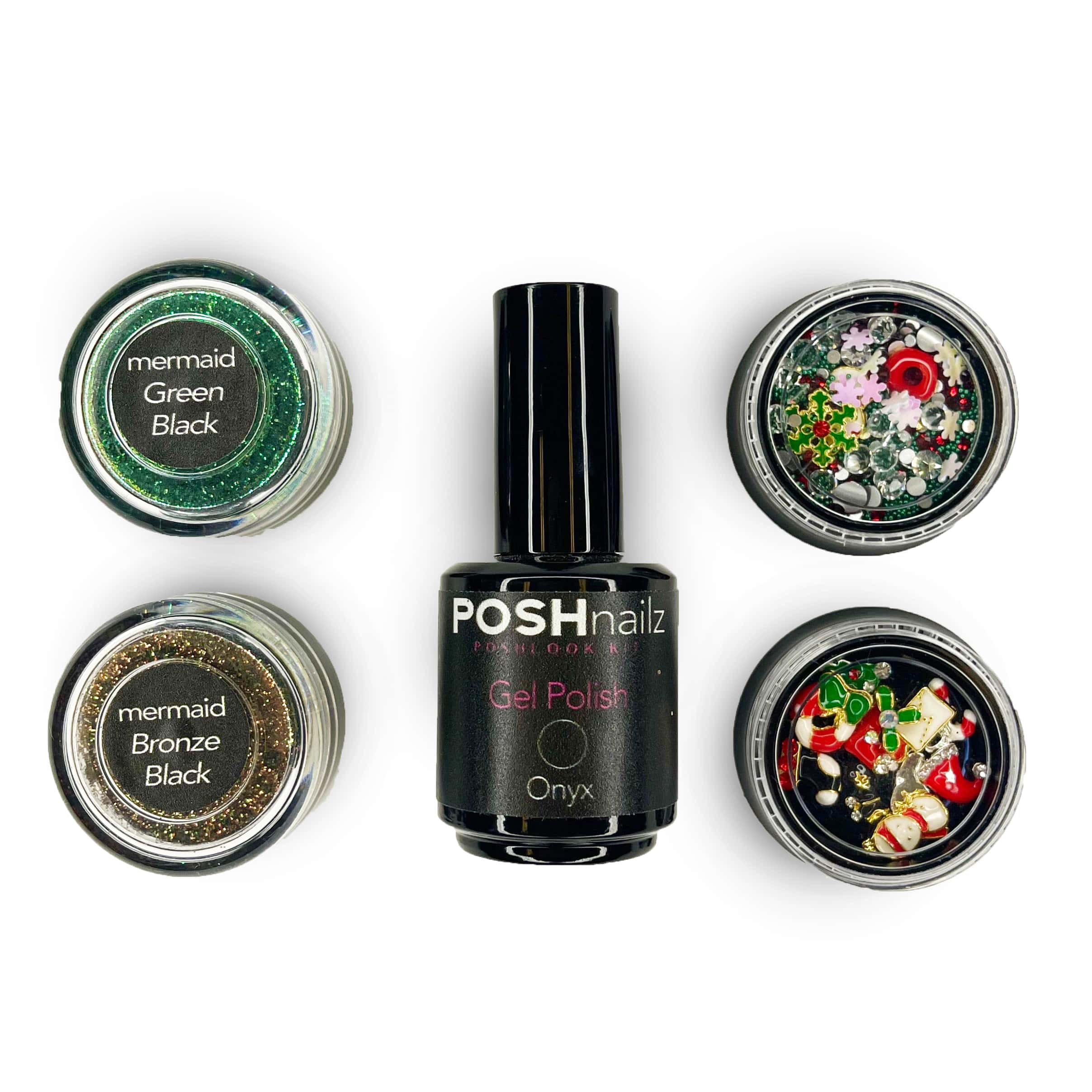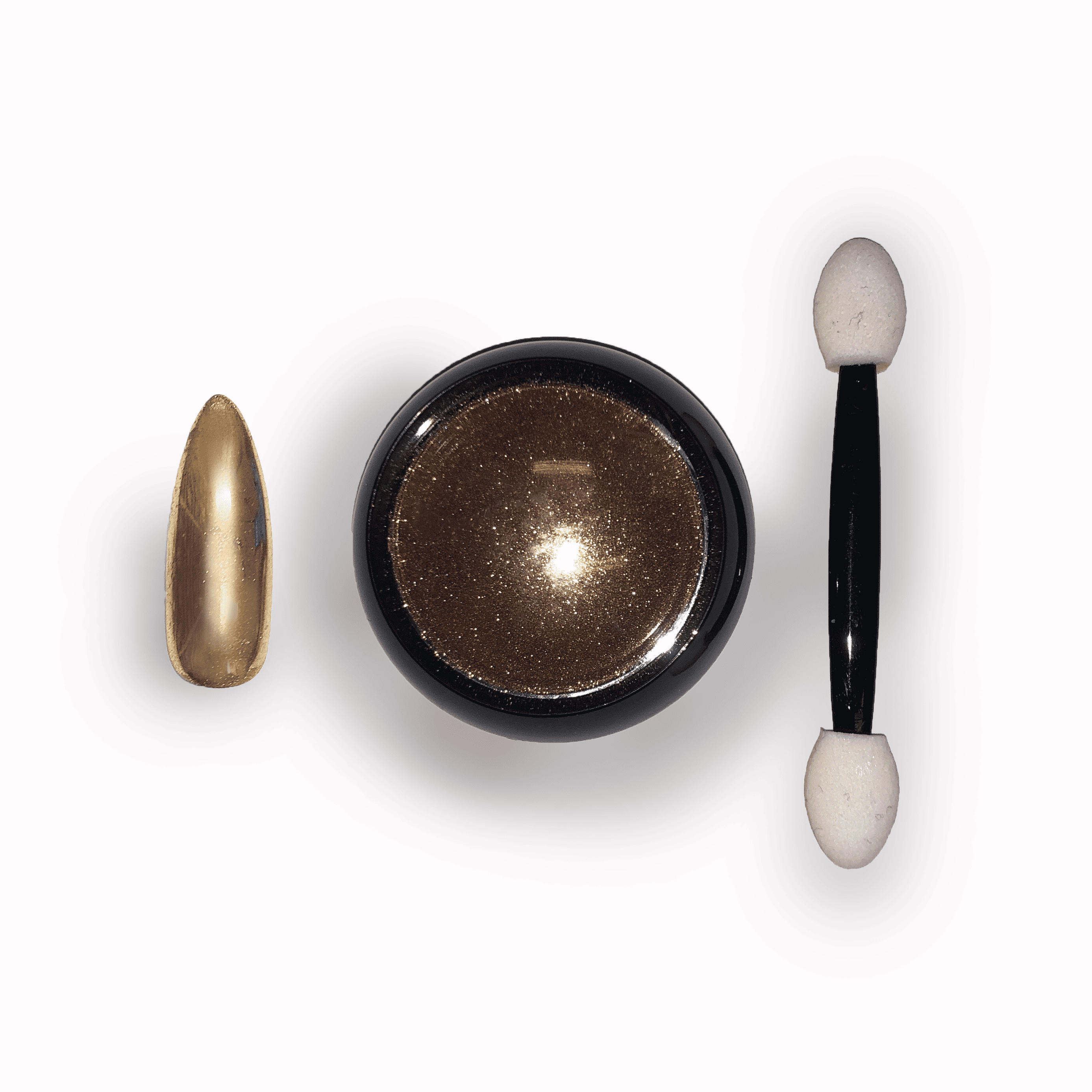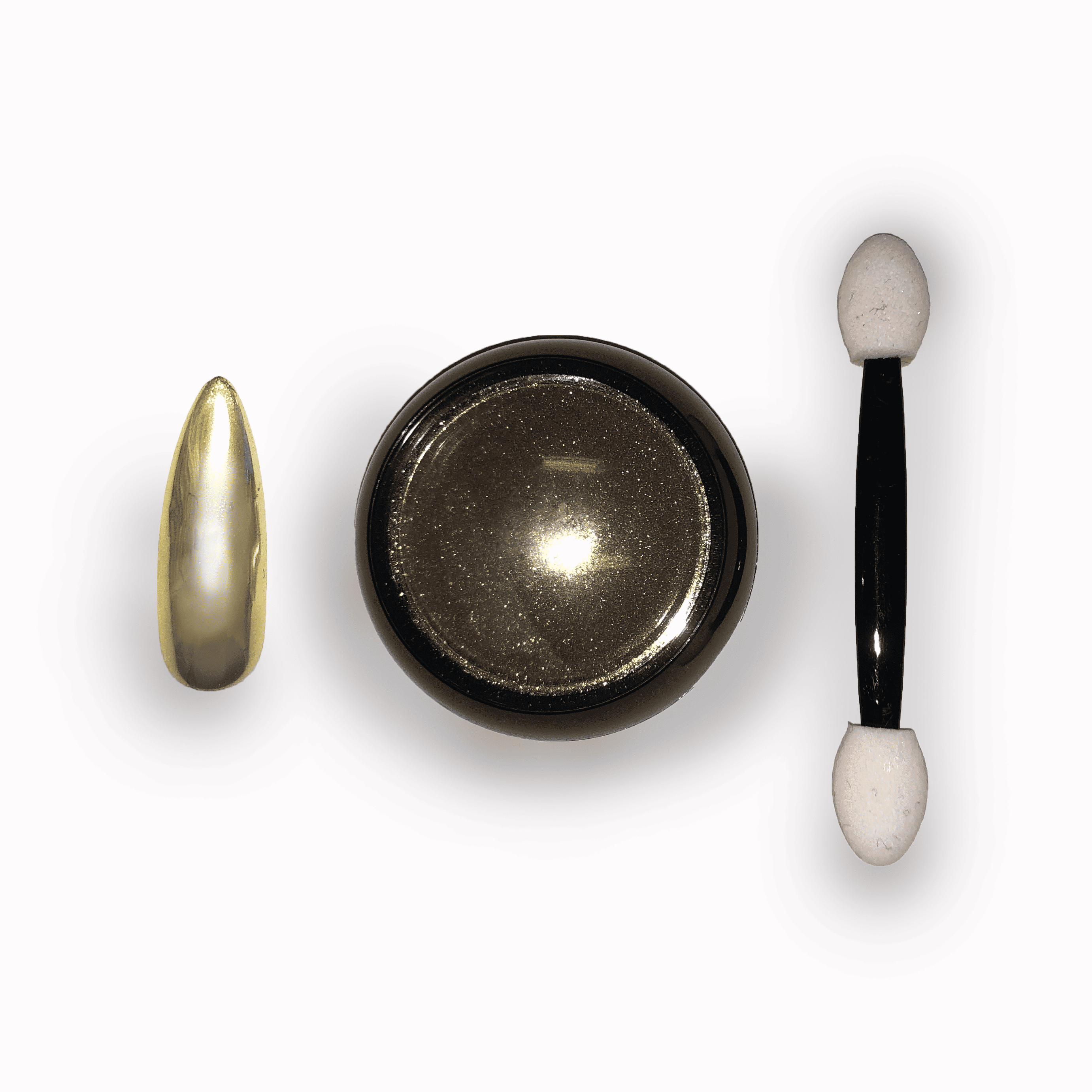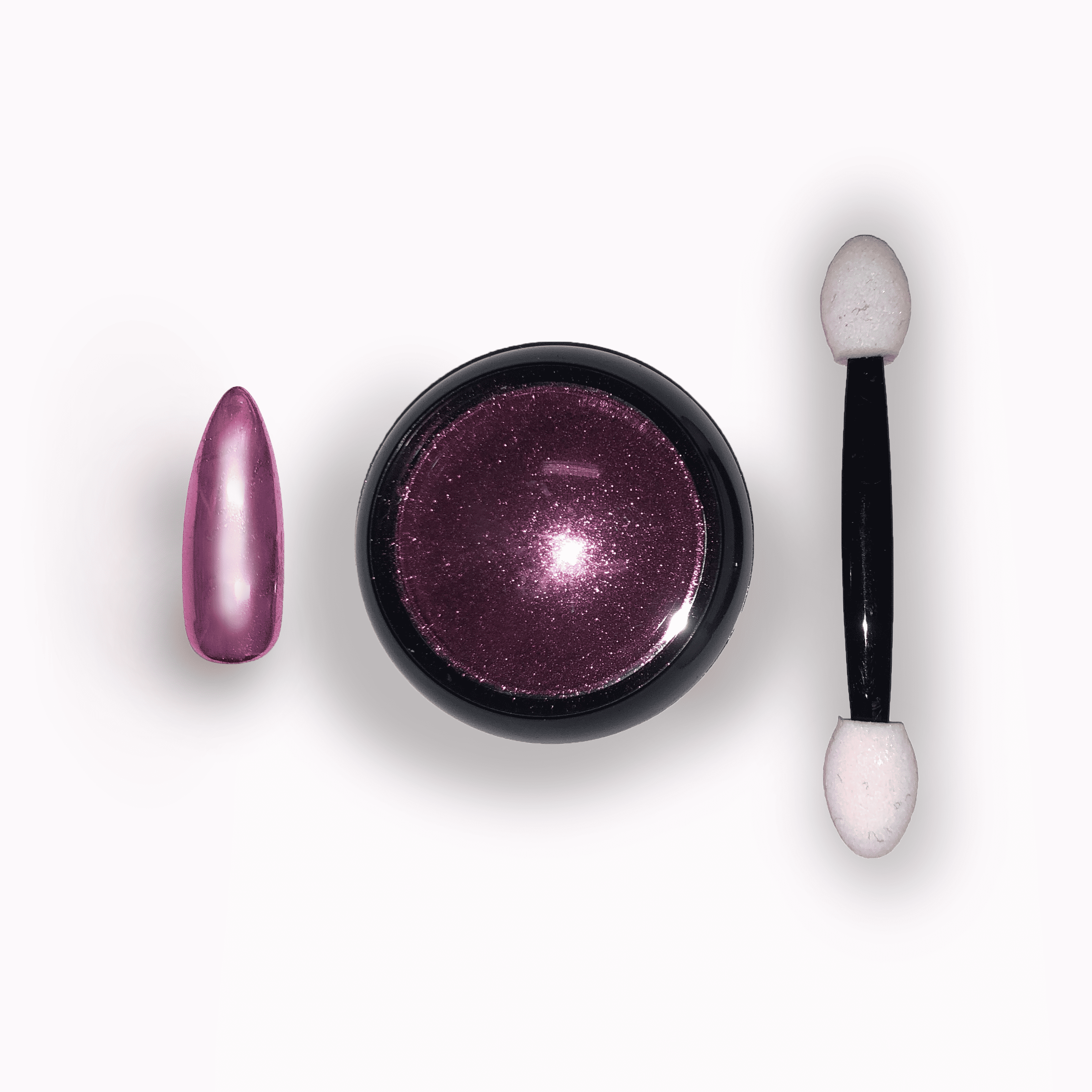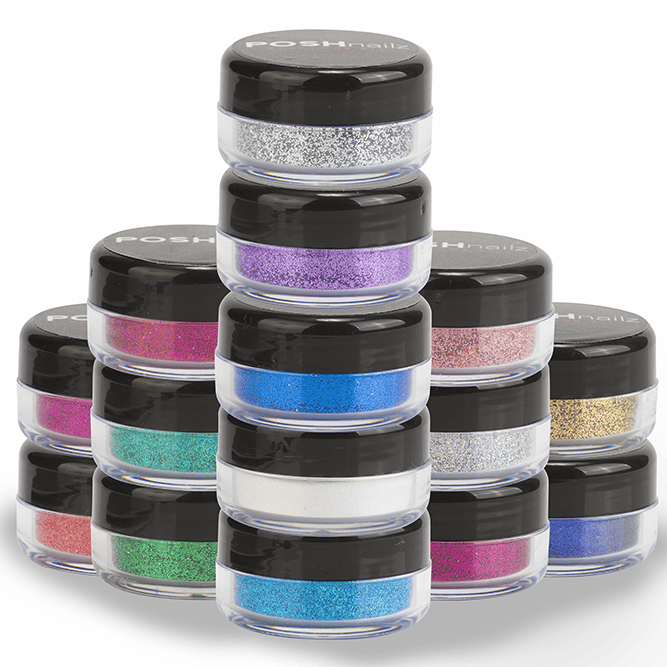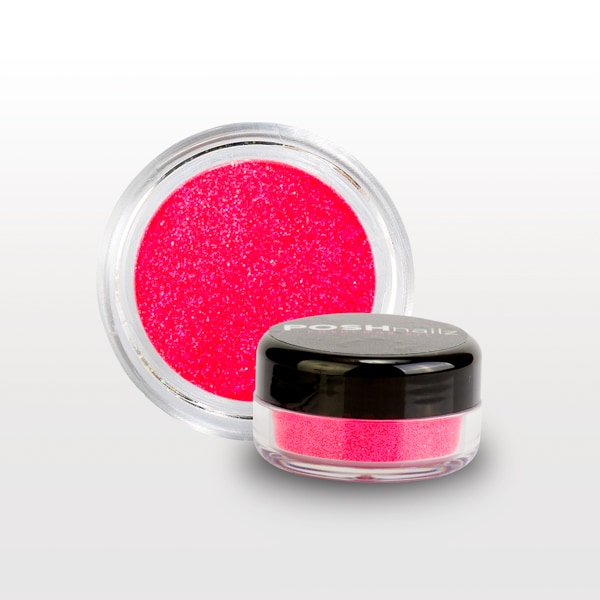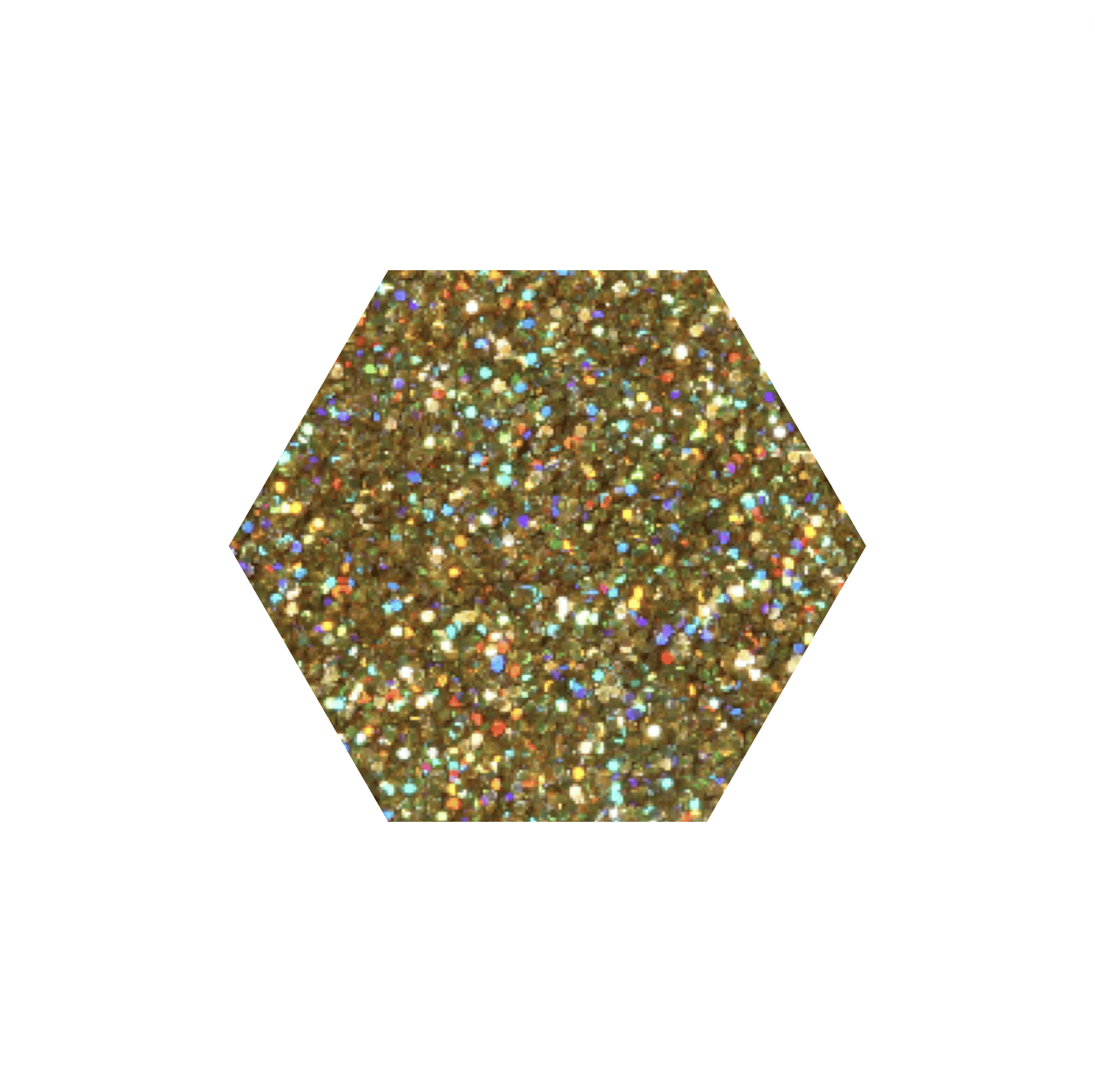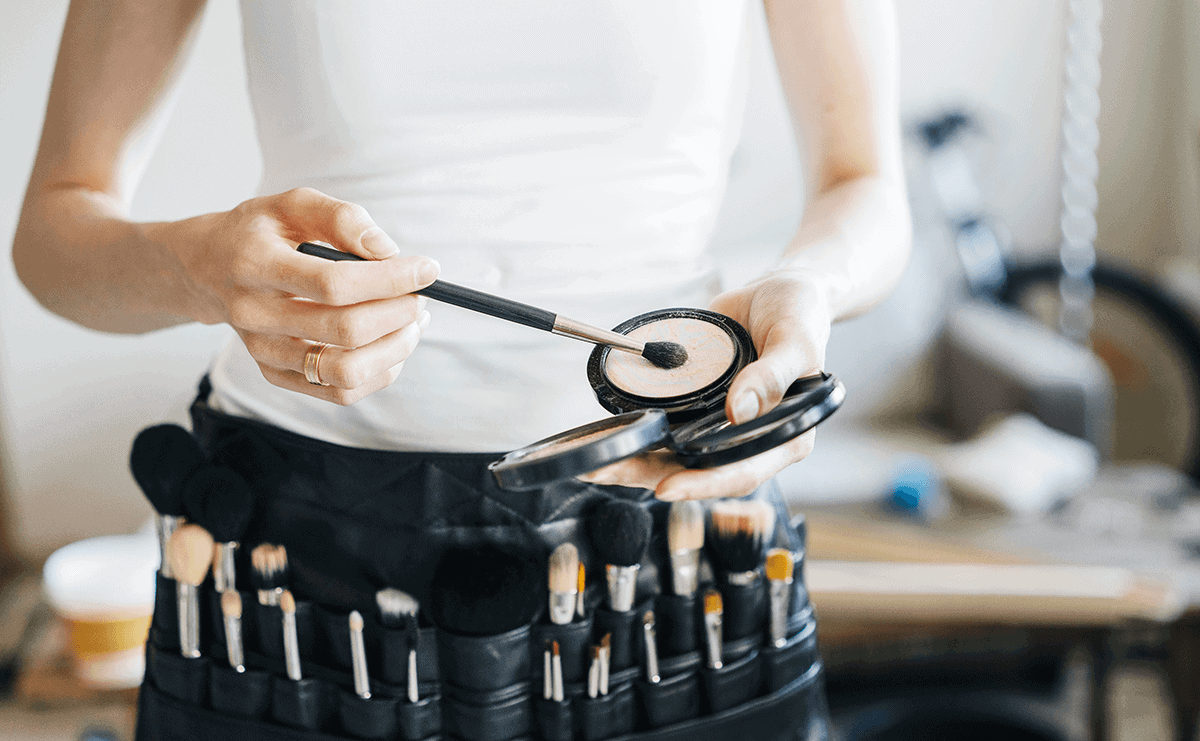[vc_row][vc_column][vc_column_text]
Do you dream of working with the likes of Pat McGrath or having a cosmetics line that rivals Jeffree Star?? There’s no fast track way to becoming a successful makeup artist, but one of the best ways to start is with an impressive portfolio. From stunning cut creases to edgy editorials, your portfolio is one of the best ways to show off your talent and pull in clients.
But what’s the best way to build one? Follow our guide to creating a FIERCE makeup portfolio that’ll present you as a professional MUA and help you bag jobs.
Building a Portfolio
[/vc_column_text][vc_single_image image=”4412″ img_size=”full” alignment=”center”][vc_column_text]It’s time to show off! That’s what building your own portfolio is all about because it’s the most important opportunity you get to show off your talents and win over clients.
Quality Not Quantity
Portfolios are a case of quality over quantity. Make sure you choose your best looks that give an overall representation of your work and style, rather than trying to fit everything in.
Face charts
One of the easiest ways to showcase different looks is to create face charts. They’re not only an excellent aid for practising, but they also allow you to showcase your work without having to wait for models.
Range
While it’s good to have a theme for your portfolio, make sure to include a variety of looks that show off your different skill sets. From basic faces to extreme makeup, smokey eye to natural bridal, it’s essential that your versatility comes across.
Choose looks that incorporate a range of techniques such as precision, blending, exaggerating features and working with pigment, colours and textures.
Diversity
It’s easy to work on young skin, so show your versatility and ability to adapt to different textures by including looks on older models and mature skin.
Make sure your portfolio is diverse and shows that you have experience working on different skin tones, facial features and face shapes.
Different challenges come with working on each skin tone and face shape, so it’s great to have these examples and show how you overcome them. [/vc_column_text][vc_single_image image=”4414″ img_size=”full” alignment=”center”][vc_column_text]
Presentation
Use a professional camera and editing tools if possible. There are plenty of apps that allow you to enhance the sharpness and saturation of your photos – but avoid facetune! You don’t want to over-edit so that your looks are underwhelming in real life.
It’s good to have a mixture of full-face and close-ups to show smaller details, but don’t go too crazy with the angles. Before and after photos can be considered amateur, so if you’re creating an editorial portfolio, avoid these as it can cheapen your work.
Make sure your model’s hair is well-presented, as well as the makeup, to show that you can create finished looks.
Professionals like to see models with their eyes open as people don’t usually walk around with their eyes closed. If the makeup only looks good when the model’s eyes are closed, you’re going to struggle to get business!
If you’re only just starting out, you can get professional photos by working on shoots for free – ask around and network!
Digital vs Physical
Old school physical portfolios are quite rare now, so instead focus on a digital version. Create a portfolio website that you can send to prospects at the click of a button. That way, your work can reach people on a larger scale, without you having to do lots of travelling before getting a job offer.
It’s essential that your website reflects the kind of makeup you specialise in. For example, if you’re offering bridal looks your web design should be soft and neutral, not edgy and in your face. Or if you want to work for a fashion designer, make sure your website is sleek and includes plenty of editorial examples.
Customise
If you work in several areas, it’s perfectly acceptable to customise your portfolio to each client or have different styles in sections of your digital portfolio. But remember, consistency is key, so if your client has asked to see specific looks, don’t try and show off things that aren’t relevant.
What About Social Media?
[/vc_column_text][/vc_column][/vc_row][vc_row][vc_column width=”1/2″][vc_column_text]
View this post on Instagram
[/vc_column_text][/vc_column][vc_column width=”1/2″][vc_column_text]
View this post on Instagram
[/vc_column_text][/vc_column][/vc_row][vc_row][vc_column][vc_column_text]Building your own portfolio is easier than ever with the help of social media. Although you still need a professional one to send to clients, social media is great for gaining public attention around your work.
Instagram is your most public and personal portfolio. So make the most of this free platform and show off your work! Co-ordinate your feed to show that you’ve thought about artistic presentation. You can also tag makeup products/models that you’ve used to gain more traction. Becoming a big name in the online makeup community is how lots of people find their success. Put in the extra effort and you’ll see results!
Top tips for creating an Instagram portfolio:
-Keep all of your content about makeup and create a separate account for your personal life.
-Avoid filters; you want your photos to be crystal clear and full of natural or studio light.
-Use your IG bio as your cover letter; think about how you stand out from others.
-Connect with people in the industry by tagging, DMing and using community hashtags to get noticed.
-Use ring lights and a phone with a high-quality camera. You can find pretty inexpensive ring lights online, so it doesn’t need to be a professional and expensive setup.
-Glam and editorial looks are popular on Instagram, making it a space where you can experiment and show off your creativity. Your professional portfolio can be somewhat limiting, so use Instagram as an opportunity to try out new looks and go a little crazy.
-Don’t fangirl over other MUAs, but show appreciation of the work. You want to be taken seriously as an industry professional and position yourself on their level.
Other platforms, such as YouTube and Pinterest, are perfect for MUAs to show off their work and build a following.
Building a Client Base
[/vc_column_text][vc_single_image image=”5347″ img_size=”full” alignment=”center”][vc_column_text]Having a portfolio is all well and good, but it’s not the only way to attract clients. You can consider other avenues like offering makeup classes, working at a beauty counter or giving people free makeovers.
Becoming a Makeup Teacher poses a variety of advantages:
-You can position yourself as an industry expert
-Expand your network
-Increase your skill set and experience
-Another source of income
Posh Look’s new Video Educational Portal allows you to become a qualified teacher from the comfort of your own home!
When you sign up, you get access to tutorials and lessons on how to teach the art of makeup using the correct terminology and knowledge. After successfully completing an assessment, you’ll be sent your certification and become an officially qualified Makeup teacher! It’s that easy!
Working at a beauty counter is another route you could go down. However, this doesn’t come with many accolades, and you can find yourself having to deal with the sales side more than makeup application.
Follow these tips, and you’ll find it easy to create an impressive portfolio. There are lots of platforms MUAs can use to help them stand out from the crowd, so utilise everything available to you!
[/vc_column_text][/vc_column][/vc_row][vc_row][vc_column][vc_cta h2=”Learn to Teach with a Posh Look course!” h4=”From just £35.95 a month” txt_align=”center” add_button=”bottom” btn_title=”Sign Up” btn_style=”custom” btn_custom_text=”#666666″ btn_size=”lg” btn_align=”center” btn_link=”url:https%3A%2F%2Fposhnailz.co.uk%2Flearn-to-teach-4-day-acrylic-foundation-landing-page%2F|||”][/vc_cta][/vc_column][/vc_row]











